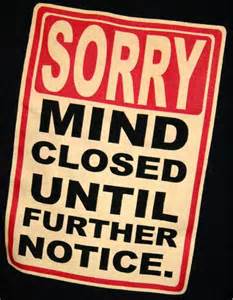Looking at Government Revenue
 Taxes and Income – What happens with diverse policies.
Taxes and Income – What happens with diverse policies.
OK, here we go. The new band of liberal leaders are promising to undo Trumps tax cut and fund all kinds of new programs. Yes, the government needs your money, they say! But does it really work? On the surface it makes sense, if you were raised on the new math or the diet of socialist ideology.
It makes sense. If the government gets more money by raising taxes, then it can do more good for social programs, if in fact that money went where it as supposed to go.
But the sense of it requires no analysis or no thinking beyond the immediate emotion of a feel-good agenda of helping people in need. SO, let’s think further.
The illusion is that higher taxes means more revenue into the government coffers, but does it really. This illusion supposes that taxes are a once a year, April 15th, event and that if the government gets a higher percentage it will have more money to spend.
This of course is titillating to those who trust the government to spend the money where they said it was going, which of course is historically not a good bet. What is a good bet is that congress and huge governmental bureaus will find a place for the money without the consent of the people at the point of its being allocated.
The other problem with this is, it discounts the reality of how taxes and revenue come into the government. Government income is not a once a year event, it is a daily process of taxing many things. Every gallon of gas, every loaf of bread, every transaction that happens has some tax associated with it in the line from harvest or manufacturing to the end table of the consumer.
So, here’s the simple formula: Transaction equals revenue. The fewer transactions the lower the revenue. The more transactions, the higher the revenue.
John Kennedy knew this. Reagan knew this. Bill Clinton learned this from his confrontation with Newt Gingrich. But Bernie Sanders, Uncle Joe Biden and a host of liberal Democrat candidates for President do not know this. They think revenue comes from higher level of confiscation from the people. The result however is less money in the private sector and fewer transactions.
What Trump did, at the very start of his administration was to put the money back into the hands of the people who earned it. Guess what they did with it? Right they spent it. They created more transactions and thus more revenue to the government. And that is why this current administration has a budget surplus. More transactions – more revenue.
This is not a new concept. It was popularized by an Austrian Economist named Frederic Hayek. Margaret Thatcher followed his theories as did Ronald Reagan. If we have any sense of history and how money flows, we will follow him again.
Please think this through before you clap heartily for those candidates who promise more government programs and more spending. They are not going to fulfill those promises with a policy that strangles the private sector and reduces private transactions.
